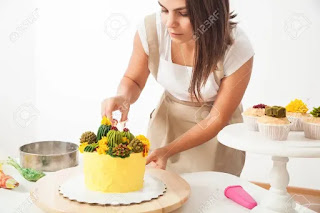Best Reflow Ovens from trident at Singapore
Reflow ovens are electronic heating gadgets used to mount electronic additives to published circuit boards (pcb) the use of floor mount era (smt). The electronics production industry continues smt as an industry fashionable because of the advantage it gives of less complicated production of digital devices. Reflow ovens range in size and type. Business reflow ovens or best reflow oven range in value from hundreds to tens of thousands of greenbacks. The choice to assemble homemade reflow ovens reduces costs; but, it also limits both functionality and sturdiness. The discovery of the reflow oven solved the hassle of excessive time intake concerned in manually soldering digital components to revealed circuit forums.
Contemporary convection reflow ovens feature high thermal transfer performance, taking into consideration shorter profiles and extra constant, even heating as compared to in advance fashions. Reflow soldering includes melting a paste of solder and flux to shape a permanent bond among digital components and printed circuit boards. A regular reflow solder technique is achieved as follows. The technique starts off evolved through laying a stencil with holes reduce out for person pads over a pcb and making use of solder paste to the pcb with a screen printer. A select and location gadget or other placement system then positions electronic additives onto the pcb, aligning thing leads with the solder paste pads.
The board is then despatched via a reflow oven to warmth the paste and then cool it, forming a everlasting bond between the additives and the pcb. The board can then undergo cleansing, testing, packaging, or further meeting right into a completed product. A normal reflow soldering process follows a temperature profile that characterizes the highest quality charge of heating and cooling that the solder paste and components need to experience. The four major zones of the thermal profile are preheat, soak/preflow/dryout, reflow, and cooling. The preheat region includes heating the whole assembly at a controlled charge among 1 – 4°c to temperatures from a hundred to 150°c.
The fee of heating on this area is critical to keep away from thermal surprise to the additives. The soak zone holds the temperature at a steady level for up to 2 minutes between 150 to one hundred seventy°c. This allows fluxes to activate and for the temperature to stabilize throughout all additives. The reflow zone heats the meeting to a temperature better than the solder’s melting factor for 30 to 60 seconds to make certain reflow for each soldered lead. The cooling area lowers the temperature at a controlled fee among 1 to 4°c to evenly form strong solder interconnections between additives and the board, with best grain size and structural power. A common form of reflow oven is the infrared convection oven. read more...



Comments
Post a Comment